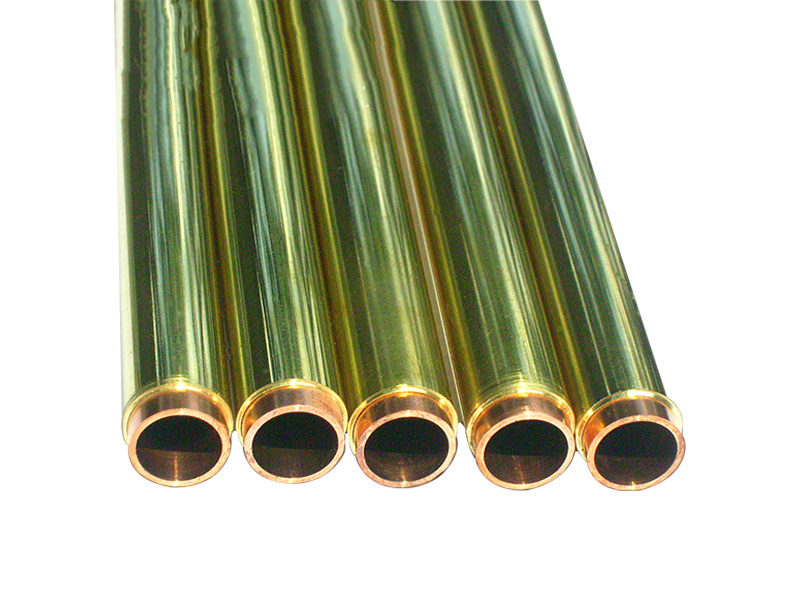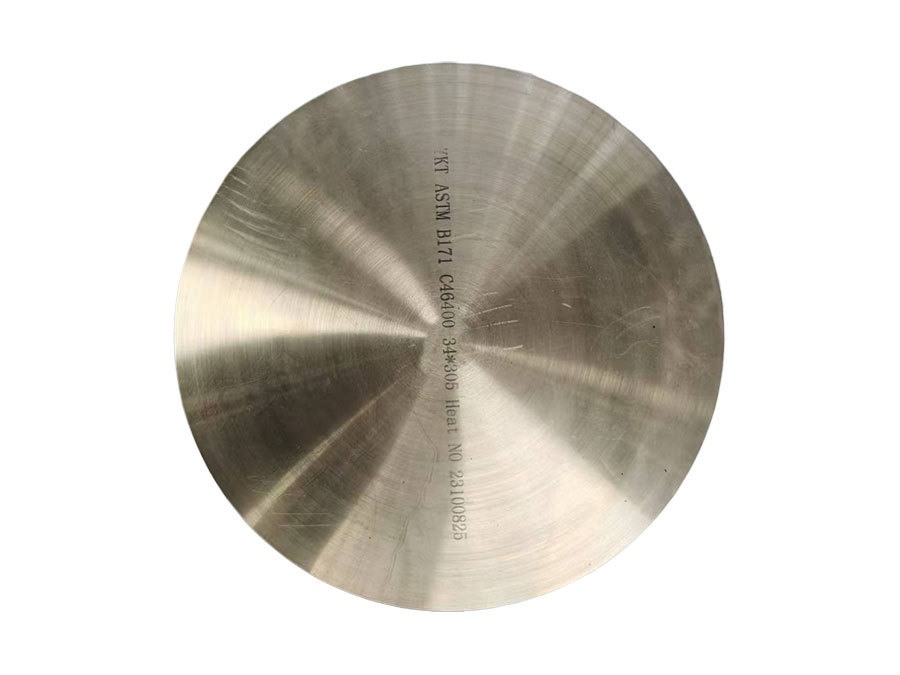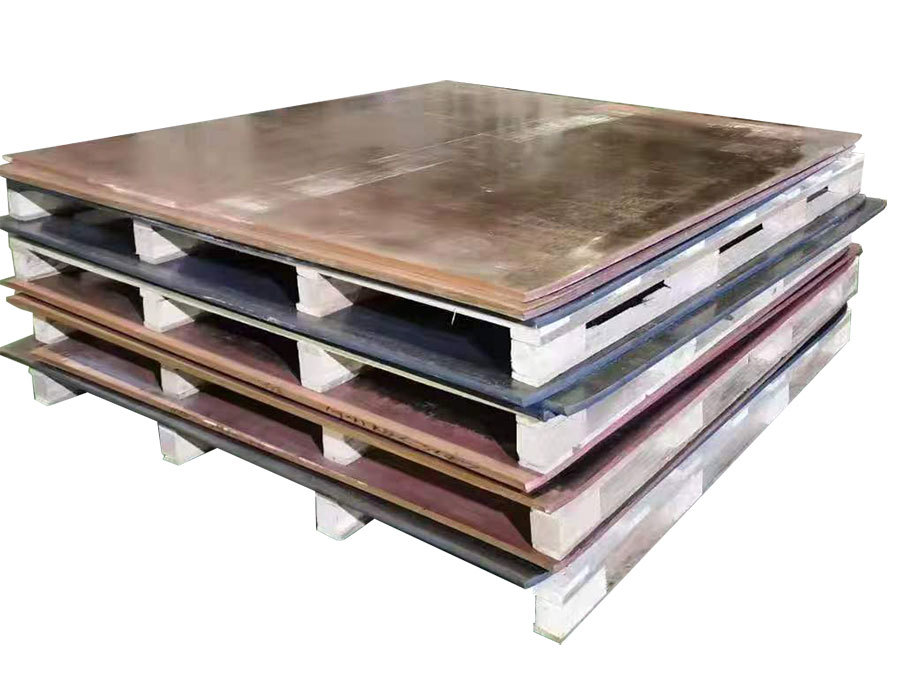Composite pipe
Composite pipe is a combination of different materials from the performance of the pipe and wide.
Key words:
Composite pipe
Classification:
Product Description
Composite pipe is a pipe composed of different materials, with a variety of excellent performance and a wide range of applications. The following is a brief introduction to the composite pipe:
composition and characteristics
The composite pipe is usually composed of a three-layer structure of an inner layer material, an intermediate layer material and an outer layer material. The inner material is mostly a material with excellent chemical stability and corrosion resistance, such as polyethylene (PE), polyvinyl chloride (PVC), etc., to ensure the safety of the pipeline when transporting the medium. The intermediate layer is made of a reinforcing material, such as glass fiber, carbon fiber, etc., to improve the strength and pressure resistance of the pipe. The outer material mainly provides protection and weather resistance, such as polyethylene (PE), glass fiber reinforced polypropylene (GRP), etc., to ensure that the pipeline can be used for a long time in harsh environments.
Performance advantages
1. Corrosion resistance: Due to the selection of the inner layer material, the composite pipe can effectively resist the erosion of various corrosive media.
2. High strength: The reinforced material of the middle layer gives the composite pipe excellent strength and rigidity, and can withstand higher pressure and load.
3. Lightweight: Compared with traditional metal pipes, composite pipes are lighter and easy to handle and install.
4. Good heat resistance: The composite pipe can work at higher temperatures without deformation or damage.
Insulation: The inner material is mostly insulating material, which makes the composite pipe have advantages in electrical applications.
Composite pipe is a pipe composed of different materials, with a variety of excellent performance and a wide range of applications. The following is a brief introduction to the composite pipe:
composition and characteristics
The composite pipe is usually composed of a three-layer structure of an inner layer material, an intermediate layer material and an outer layer material. The inner material is mostly a material with excellent chemical stability and corrosion resistance, such as polyethylene (PE), polyvinyl chloride (PVC), etc., to ensure the safety of the pipeline when transporting the medium. The intermediate layer is made of a reinforcing material, such as glass fiber, carbon fiber, etc., to improve the strength and pressure resistance of the pipe. The outer material mainly provides protection and weather resistance, such as polyethylene (PE), glass fiber reinforced polypropylene (GRP), etc., to ensure that the pipeline can be used for a long time in harsh environments.
Performance advantages
1. Corrosion resistance: Due to the selection of the inner layer material, the composite pipe can effectively resist the erosion of various corrosive media.
2. High strength: The reinforced material of the middle layer gives the composite pipe excellent strength and rigidity, and can withstand higher pressure and load.
3. Lightweight: Compared with traditional metal pipes, composite pipes are lighter and easy to handle and install.
4. Good heat resistance: The composite pipe can work at higher temperatures without deformation or damage.
Insulation: The inner material is mostly insulating material, which makes the composite pipe have advantages in electrical applications.
Related Products
Message inquiry
COOKIES
Our website uses cookies and similar technologies to personalize the advertising shown to you and to help you get the best experience on our website. For more information, see our Privacy & Cookie Policy
COOKIES
Our website uses cookies and similar technologies to personalize the advertising shown to you and to help you get the best experience on our website. For more information, see our Privacy & Cookie Policy
These cookies are necessary for basic functions such as payment. Standard cookies cannot be turned off and do not store any of your information.
These cookies collect information, such as how many people are using our site or which pages are popular, to help us improve the customer experience. Turning these cookies off will mean we can't collect information to improve your experience.
These cookies enable the website to provide enhanced functionality and personalization. They may be set by us or by third-party providers whose services we have added to our pages. If you do not allow these cookies, some or all of these services may not function properly.
These cookies help us understand what you are interested in so that we can show you relevant advertising on other websites. Turning these cookies off will mean we are unable to show you any personalized advertising.

WeChat Sweep
Telephone:
Fixed line:+860379-64948168
E-mail:dulongbo@tongqijinshu.com
Address:No.16, Dongma Gou Industrial Park, High-tech Zone, Luoyang Area, China (Henan) Pilot Free Trade Zone
SAF Coolest v1.3.1.2 设置面板 GAGSD-ZGYF-JVAVE-ZEX
无数据提示
Sorry, the current column is being updated, please look forward to it!
You can view other columns or returnHome Page





